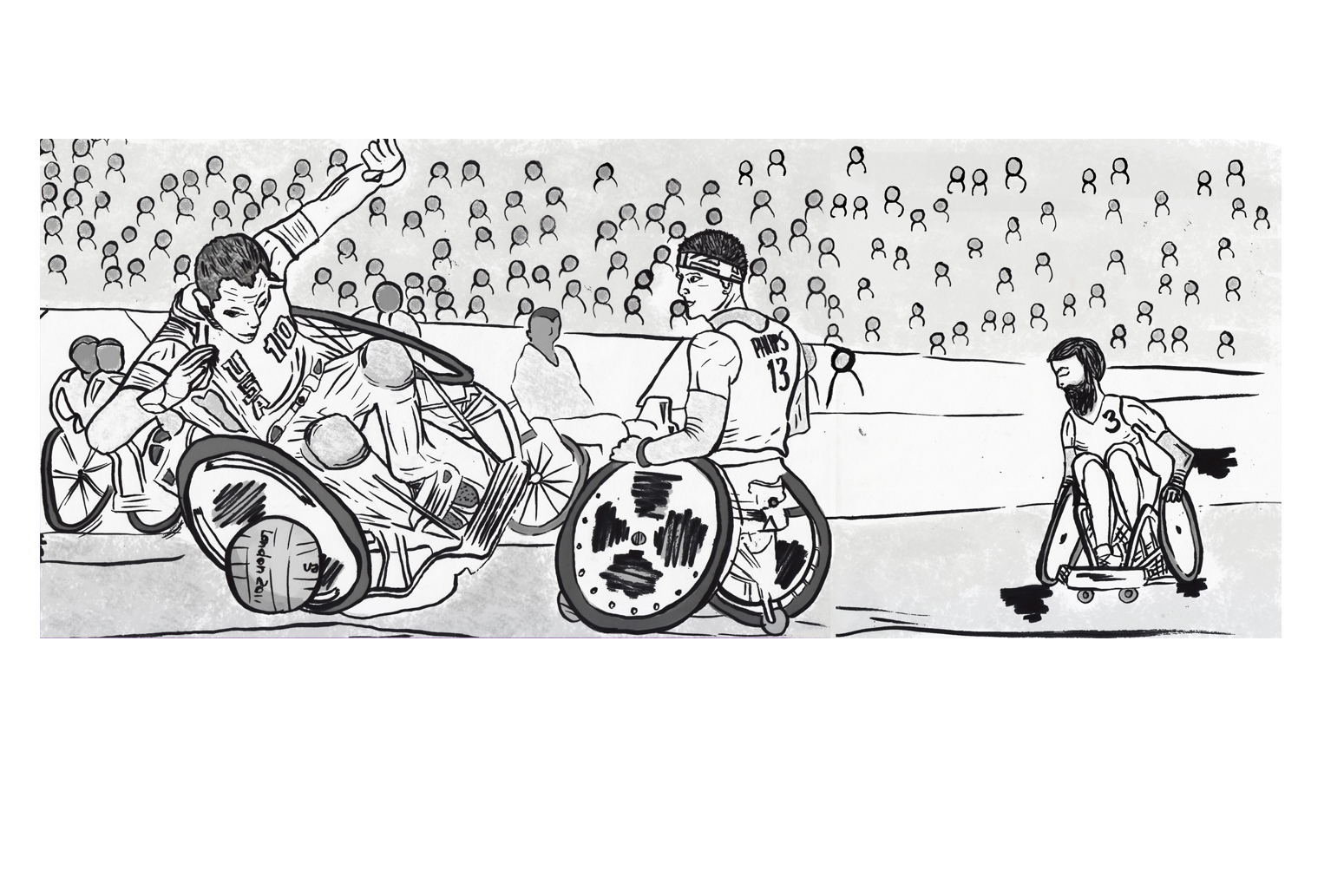Kwanzaa fosters unity
This holiday season marks the 37th year for the celebration of Kwanzaa, a week- long event celebrating the heritage and unity of African people around the world.
Kwanzaa, which is derived from a Swahili phrase meaning “first fruits of the harvest,” was invented in 1966 by Dr. Maulana Karenga, an African-American activist, partially in response to the deadly and violent Watts race riots in Los Angeles in 1965.
Karenga wanted to create a non-religious holiday that would create a sense of unity between Africans throughout the world and create a connection to their heritage and culture. He also wanted to provide African-Americans with an alternative to the traditional American commercialized celebration of Christmas, which he felt often both excluded and exploited African-Americans.
Karenga modeled Kwanzaa on traditional harvest celebrations in southern Africa, such as Umkhost, which was a seven-day celebration among the Zulu people.
“Kwanzaa helps us to focus on the collective aspect of what we are about as a people with its focus on ingathering of the people, special reverence for the Creator and creation, commemoration of the past, recommitment to our highest values, and celebration of the good in life,” Karenga says on the official Kwanzaa web site.
Since its creation, Kwanzaa has grown into a holiday celebrated not just by African-Americans, but by more that 20 million people of African descent in the United States, Canada, England, the Caribbean and Africa.
The holiday continues to become more mainstream each year. Many retailers now offer Kwanzaa themed products during the holiday season, and many greeting card companies produce Kwanzaa cards that declare “Harambee,” which means “let us come together.” There is even a commemorative Kwanzaa U.S. postage stamp.
Kwanzaa is founded on seven principles, called the “Nguzo Saba,” they are: umoja, unity; kujichagulia, self-determination; ujima, collective responsibility; ujamaa, cooperative economics; nia, purpose; kuumba, creativity and imani, faith.
The celebration lasts seven days, from December 26 to January 1, each day representing one of the seven principles. Each day is begun by lighting one of seven candles, called “mishumaa.” Three of the candles are red, three are green, and one is black, so when assembled together they resemble the Black Liberation Flag.
The colors of Kwanzaa have a symbolism of their own. Black represents the people, red their struggle, and green represents the future and the hope that comes from their struggle.
Other Kwanzaa activities include reading the works of prominent African-American authors, such as Martin Luther King, Jr. and W.E.B. DuBois. Gifts are also given to children, traditionally in sets of three: a book to further a goal or highlight African-American achievement, a symbol of African heritage, and a toy or other present. The festival culminates with a feast on December 31.


